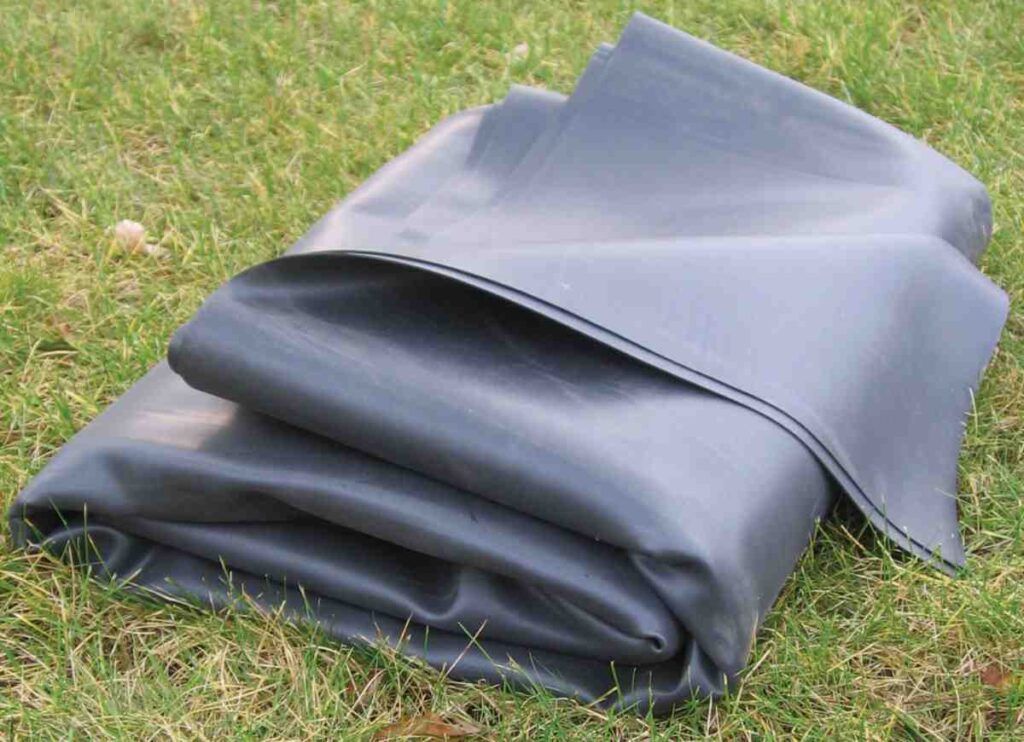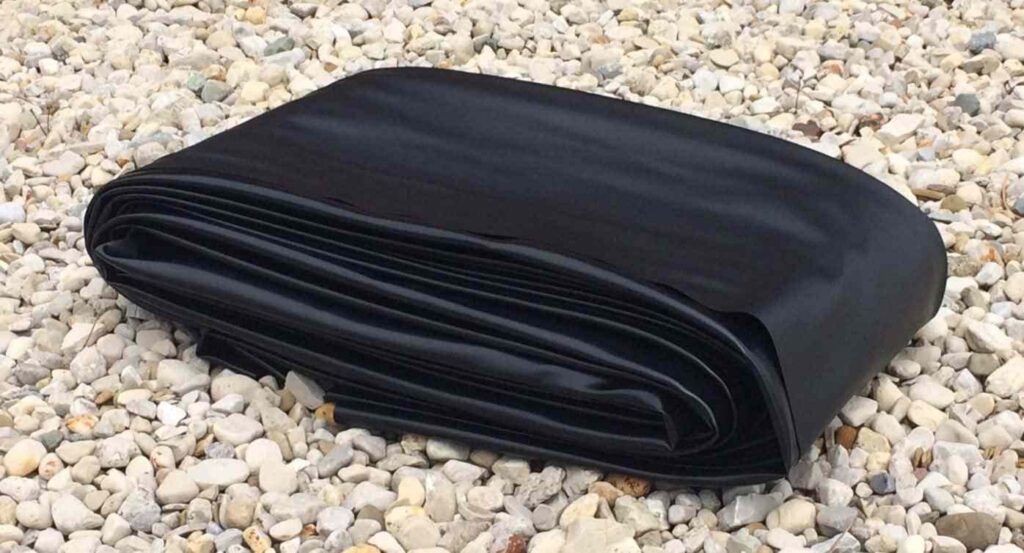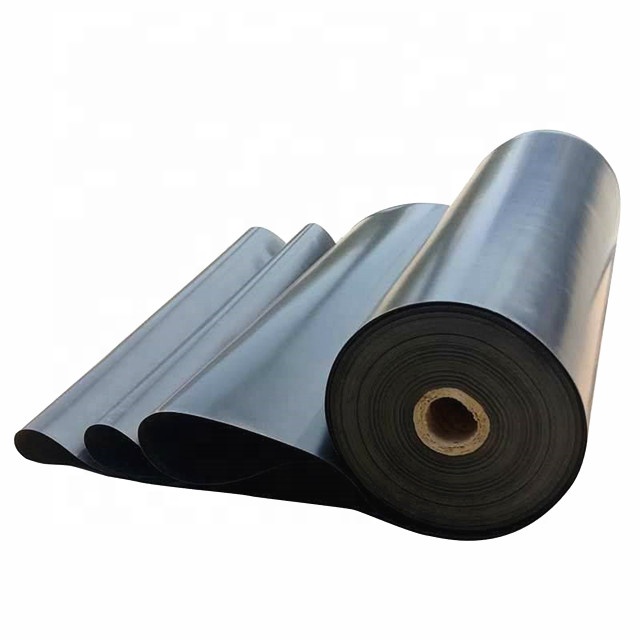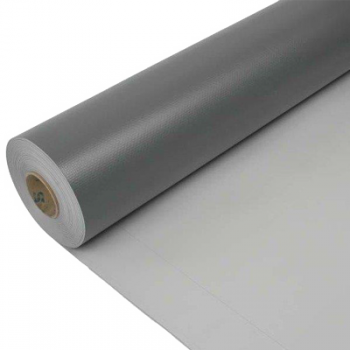
The geomembrane for symbiotic aquaculture is one of the most important elements in the beginning of aquaculture projects. The beginning entails the purchase of material machinery necessary for the aquaculture farm, fish farm or shrimp farm. In a large number of occasions, the necessary information is not available to choose the appropriate aquaculture instruments or materials. Our trajectory as project developers and consultants has given us the opportunity to identify the shortcomings that producers have at the beginning of the projects. Thus, 85% of investors and producers are lacking in information on the characteristics of the machinery and materials.
What is a geomembrane or liner for symbiotic aquaculture?
A geomembrane or liner is a waterproof sheet composed of plastic resins and chemical additives that give it certain qualities. Usually the most used additives are carbon, antioxidants and thermal stabilizers. These substances give the geomembrane mechanical resistance, against ultraviolet rays and against heat.
There are many types of geomembranes depending on the polymer they are made of. For example: PVC (Polyvinyl chloride). PP (Polypropylene). PS (Polystyrene). PET (Polyethylene terephthalate). LDPE (Low Density Reinforce Polyethylene) or HDRPE (High Density Polyethylene). Some of these polymers are used to manufacture bottles. Others for plastic packaging, others for pipes and so on. Of all of them, the geomembranes or liners most used in symbiotic aquaculture are those made with HDRPE or LDPE.




Differences between geomembranes for HDRPE and LDPE symbiotic aquaculture
HDRPE (High Density Reinforce Polyethylene) is a thermoplastic polymer of ethylene, polymerized by free radicals. Like LDPE (Low Density Polyethylene). The latter has three or four carbon atoms. It is also confused with various branches at the molecular level. This makes them have a low density and that increase their flexibility at the cost of their resistance. The HDPL has almost no ramifications. So it has a more compact structure that increases its rigidity at the cost of flexibility. In this way, HDRPE is more resistant to mechanical stress, tensile breakage or impacts than LDPE. However, this one is more flexible. Usually, for symbiotic aquaculture, the HDRPE geomembrane or liner is more used due to its greater resistance.
Why choose our HDPE geomembrane?
Because at MYPONDLINER we have all the necessary resources to offer the best option on the market in terms of cost-benefit ratio when it comes to the safe containment of toxic products.
If you want to know more about our geomembranes made with high-density polyethylene sheets, contact us and our customer service team will offer you all the information you need

